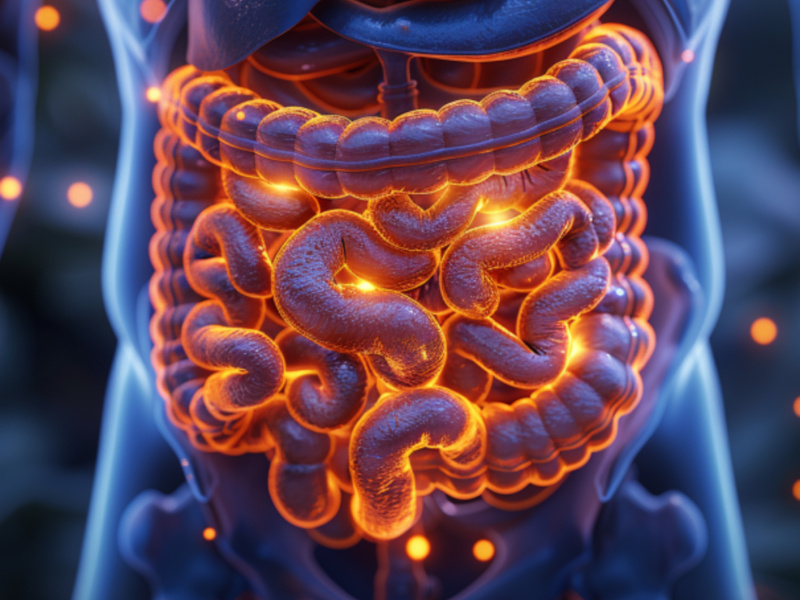
New understanding of celiac disease: the intestinal epithelium, a key player
The cells of the intestinal epithelium when they come into contact with gluten, activate the immune system
Celiac disease, an autoimmune disease affecting about 1% of the world’s population, has always been a challenge for medical research. However, a recent study published in the prestigious journal “Gastroenterology” has brought to light a discovery that could revolutionize our understanding of this pathology.
The discovery of the expert team
An international team of researchers led by McMaster University in Canada has identified the precise mechanism that triggers the immune response to gluten, the protein found in wheat, barley and rye, which causes intestinal inflammation in celiac patients. Using a three-dimensional model of the reconstructed intestinal epithelium in the laboratory, scientists were able to observe in detail how cells lining the intestine interact with gluten and activate the immune system.
Intestinal epithelium: a new therapeutic target
Until recently, it was thought that the inflammatory response to celiac disease was limited to the intestinal wall and involved only cells of the immune system. This new research, however, has revealed a much more active role of the intestinal epithelium, that is the cell layer that covers the inside of the intestine and which has the function of absorbing nutrients.
Scientists have found that when the cells of the intestinal epithelium come into contact with gluten, they undergo a series of changes that make them “visible” to the immune system. This, in turn, triggers a chain reaction that leads to chronic inflammation and damage of the intestinal villi, the small bumps that line the intestinal wall and are essential for nutrient absorption.
Implications for research and patients
This discovery has important implications for both basic research and the development of new therapies. First, it paves the way for a better understanding of the molecular mechanisms underlying celiac disease, enabling new biomarkers to be identified for early diagnosis. Secondly, the intestinal epithelium is a promising new therapeutic target. By acting on gluten-induced cellular alterations, it may be possible to prevent or attenuate the inflammatory response and protect intestinal cells from damage.
The research continues
Despite these advances, the road to a definitive cure for celiac disease is still long. Further studies will be needed to validate these results in animal models and in humans, and to develop new effective and safe therapies.


